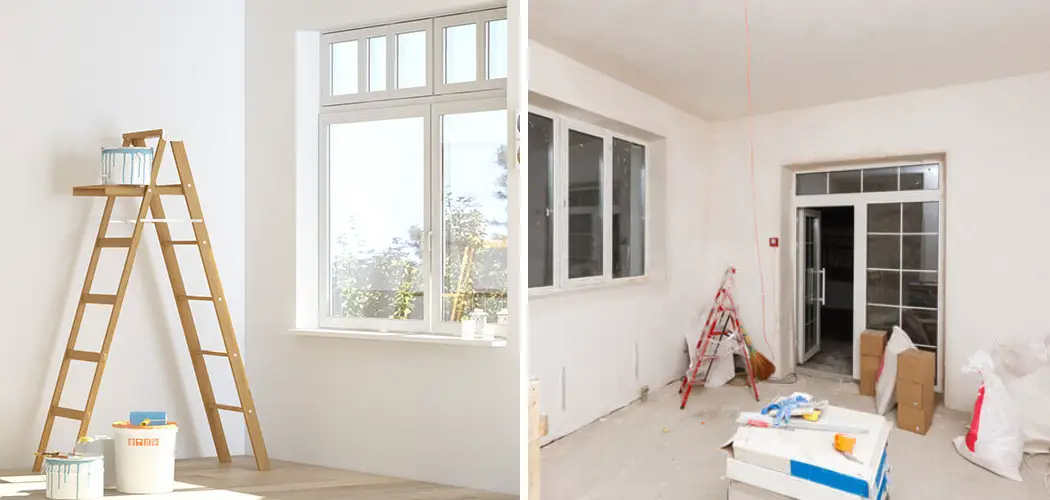Oil painting is a rewarding hobby that allows you to express yourself artistically. However, it’s essential to make sure your working environment is safe and properly ventilated before starting any art project. Are you a painter looking to dive into the world of oil painting? Ventilation is key when it comes to protecting yourself and your space from dangerous fumes that can be emitted from this type of art.
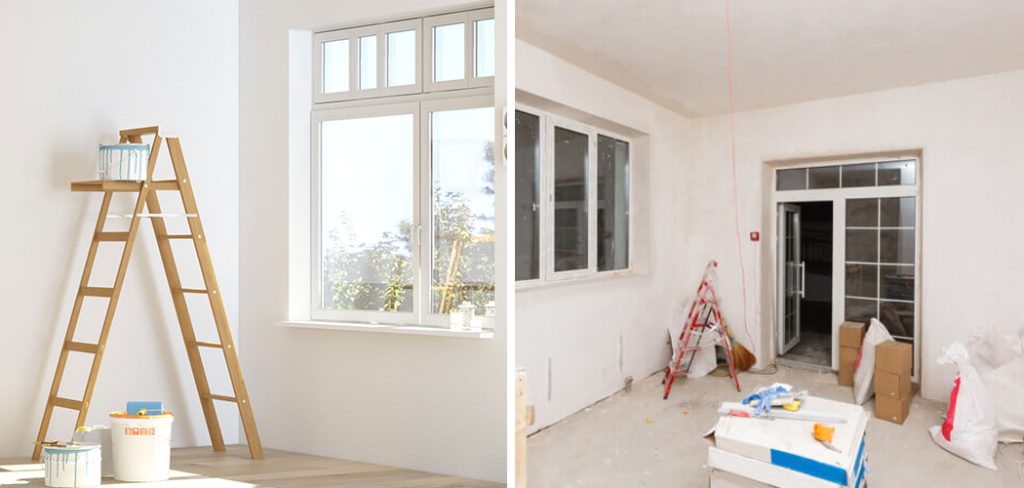
Indoor air quality should be considered when painting with oil paints, as they contain chemicals that can become hazardous if not adequately vaporized or dispersed. In this blog post, we will explore how to ventilate a room for oil painting in order to ensure safety while exploring all types of oil paints! We’ll look at the different types of ventilation systems available for painters and provide tips on how to set up an effective ventilation system that fits both your needs and budget.
Why Do You Need to Ventilate a Room for Oil Painting?
1. Ventilation
Oil paints are made up of a combination of pigments, drying oils, and other solvents. As you work, these solvents evaporate and disperse into the air. This is why ventilation is so important for oil painting — it allows those fumes to escape outside rather than collecting in the room where you’re painting. Without proper ventilation, these chemicals can accumulate in the air, leading to a buildup of hazardous fumes.
2. Reducing Moisture Buildup
In addition to protecting yourself from harmful fumes, proper ventilation can also reduce moisture buildup in your painting area. Painting with oil paints can create a great amount of humidity due to the water-based solvents used in the paint. Without adequate ventilation, this can lead to the growth of mold and mildew. This is why it’s important to ensure that your painting area has proper air circulation.
3. Improve Air Quality
Lastly, having good ventilation in your painting area will help improve the overall air quality of the room. This not only keeps you safe from hazardous fumes but also helps reduce the presence of other air pollutants such as dust, pollen, and pet dander.
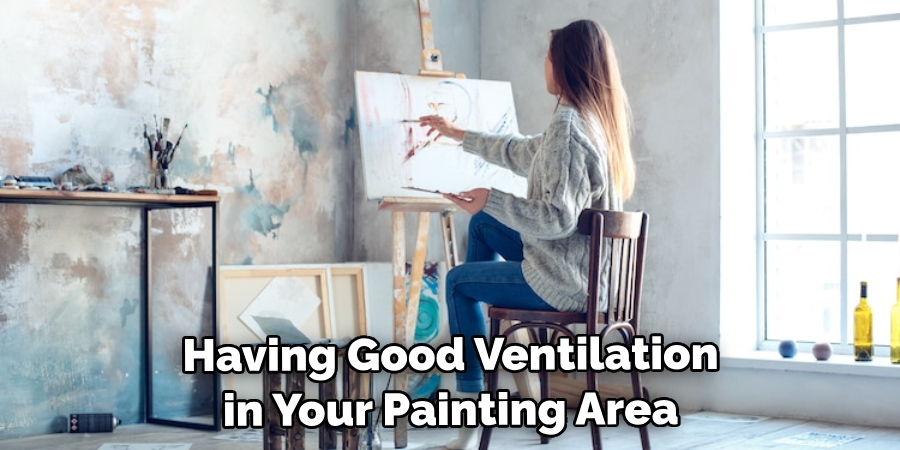
Now that we understand why ventilation is important when it comes to oil painting let’s look at some different methods of ventilating your painting area.
Required Items for Ventilating Your Room
Before you begin ventilating your room, there are a few items that you’ll need to have on hand. These include:
- Window fans or exhaust fans
- Dryer ducts to attach the fan to an outdoor vent
- Carbon filters to reduce odors and other pollutants in the air
- Sealing tape to ensure an airtight seal between the fan and the duct
- Plastic sheets to cover furniture when painting
- Masking tape to secure plastic sheets in place
Once you have all these items, you’re ready to set up your ventilation system!
10 Methods of How to Ventilate a Room for Oil Painting
1. Open Windows
The simplest way to ventilate a room for oil painting is to just open all the windows in your space. This will allow fresh air to enter and stale air to escape, helping reduce the risk of hazardous fumes accumulating in your painting area. However, this method has its limitations — it can only be done when the weather permits and may not provide enough ventilation for larger spaces.
2. Window Fans
Window fans are an affordable and effective option for ventilating a room for oil painting. This type of fan is designed to fit in the window frame and can be used to both draw fresh air into the room and expel stale air. Make sure to place the fan so that it’s blowing outward, as this will help push the hazardous fumes outside.
3. Exhaust Fans
Exhaust fans are a great solution for larger painting areas, as they can move more air than window fans. These types of fans usually need to be installed in the wall or ceiling and should point outward so that the hazardous fumes are directed outside. It’s also important to make sure you have an exhaust vent on the outside of your home to ensure proper airflow.
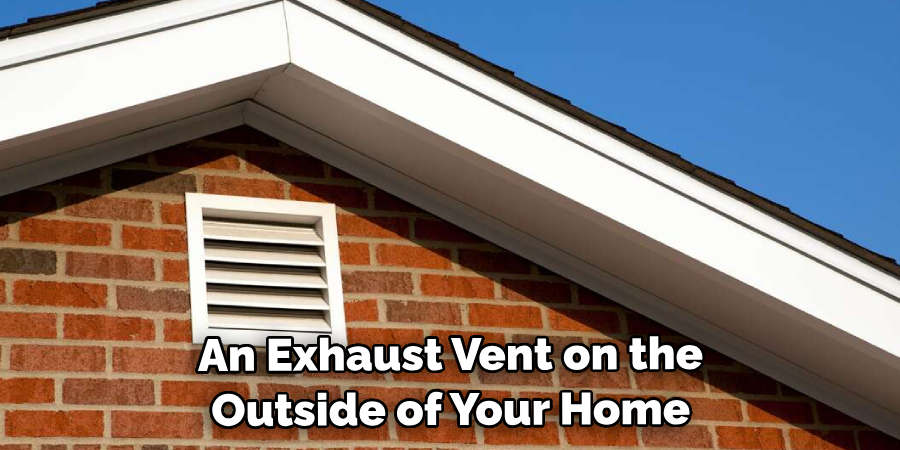
4. Air Purifiers
Air purifiers are a great way to reduce the amount of pollutants in the air while also helping with ventilation. They work by drawing in contaminated air, filtering out hazardous particles and vapors, and then releasing clean air back into the room. Look for models that come with carbon filters, as these are specifically designed to reduce the amount of oil paint fumes in the air.
5. Carbon Filters
Carbon filters can be used in combination with any of the other ventilation methods mentioned above. These filters are made of activated charcoal, which helps trap harmful particles and odors that may be lingering in the air. They should be placed near your painting area or directly in the airflow of your ventilation system.
6. Air Conditioners
Air conditioners are a great option for both cooling down and ventilating a room for oil painting. They work by drawing in hot, humid air from outside and then releasing it back into the room after filtering out pollutants and humidity. Make sure to use an external vent or window for the air conditioner to expel the stale air.
7. Portable Fans
Portable fans are a great way to circulate fresh air into your painting area without needing to invest in a full ventilation system. Just make sure that you place them near windows so they can draw in cool, outside air and then push out warm, contaminated air.
8. Air Vents
Air vents are usually installed in walls and ceilings to provide a steady flow of fresh air into a room. They work by drawing in cool, outside air and then pushing out the stale air that has been collected inside. This type of ventilation is often used in larger spaces such as warehouses or factories where there is no window access.
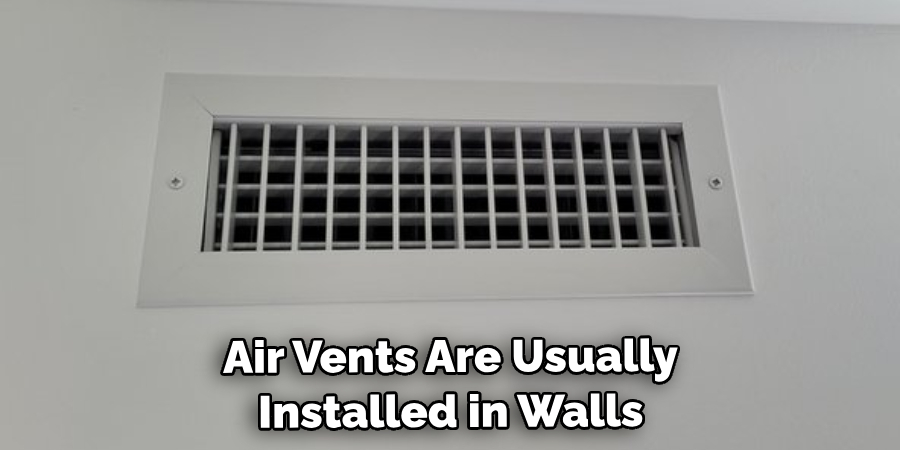
9. Open Doors
Opening doors in your painting area can also help improve ventilation. This works in the same way as opening windows — it allows fresh air to enter and stale air to escape outside, helping reduce the risk of hazardous fumes accumulating in the room.
10. Cover Furniture with Plastic Sheets
Lastly, it’s important to cover any furniture that may be in your painting area with plastic sheets. This is especially important if the furniture contains fabrics or other porous materials, as these can absorb hazardous fumes and release them back into the air over time.
Ventilating a room for oil painting is essential for both protecting yourself from hazardous fumes and reducing moisture buildup. There are many different ways to ventilate a room, such as using window fans, exhaust fans, air purifiers, carbon filters, and more. Just make sure to use the right combination of methods for your space, and always cover furniture with plastic sheets to ensure safety.
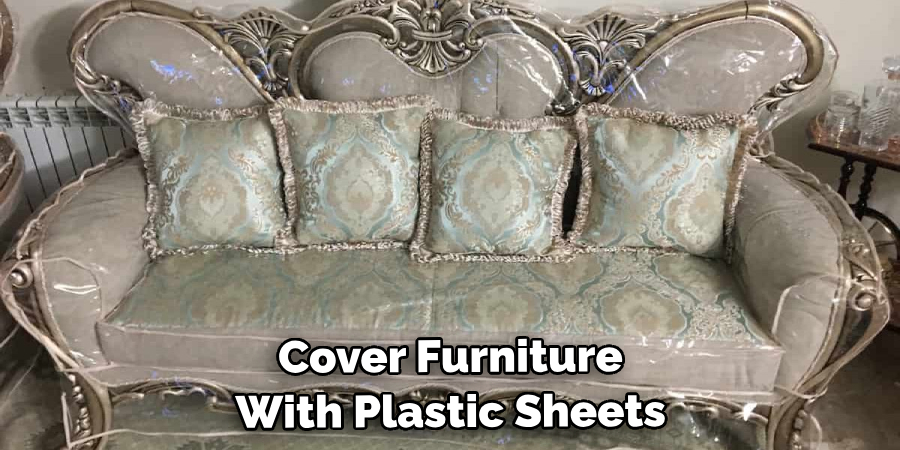
By following these tips on how to ventilate a room for oil painting, you can ensure that your painting area has adequate ventilation while protecting yourself from hazardous fumes. And, with the proper ventilation system in place, you can rest assured that your oil painting projects will be safe and successful!
8 Maintenance Tips
- Keep the windows and doors open when painting with oil-based paints to allow for adequate airflow in the room, especially during periods of warm weather.
- Make sure that any air conditioning or heating system is running continuously while painting with oils to help maintain a consistent temperature throughout the room. Making sure that the room is well-ventilated can also prevent the buildup of fumes and vapors from oil paints.
- Install an air purifier in the room to help reduce any toxins present in the air, such as those coming from oil paint fumes or dust particles.
- Place a fan near your workspace to circulate fresh air throughout the room.
- Open the windows of the room and turn on a fan to blow out any fumes from the room for at least 15 minutes after painting with oil-based paints.
- Use an exhaust fan in the bathroom or kitchen closest to your workspace to draw air away from the room while you are working with oils.
- Consider installing a dehumidifier in the room to help reduce any moisture and dampness that may be present, which can cause harmful mold or mildew.
- Make sure that your workspace is well-lit so you can clearly see what you are painting and to avoid any injuries from slipping on wet paint. This will also help to reduce any fumes or odors from the paint.
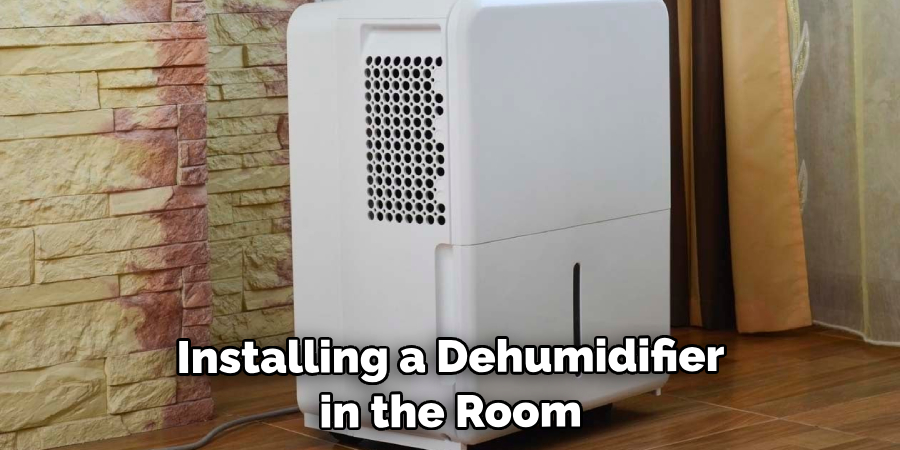
6 Common Mistakes to Avoid
When it comes to ventilating a room for oil painting, there are several common mistakes that can affect air quality and cause health risks. It is important to be aware of these mistakes so you can properly ventilate your room and remain safe while working with oil paints.
1. Not using an exhaust fan. Proper ventilation requires circulation, and an exhaust fan is the most effective way to achieve this. Without one, air pollutants can stay in your workspace and cause health issues.
2. Not using a filter. An exhaust filter should be used to catch particles from oil paints that might otherwise escape into other areas of the house or outside environment. A HEPA filter is especially important for rooms where there will be a lot of oil painting being done.
3. Not using a respirator when needed. If you are working with highly toxic materials, such as lead-based paints or solvents, it is important to wear an appropriate respirator while in the room. This will help protect your lungs from the inhalation of these dangerous substances.
4. Not changing the filter regularly. If you are using an exhaust filter, it should be changed out on a regular basis to ensure that air pollutants are captured and not circulated back into the room.
5. Not opening windows or doors for fresh air. Even with an exhaust fan, it is important to have a steady supply of fresh air in the room in order to keep the air clean and free of pollutants.
6. Not allowing for enough ventilation. Even if you have an exhaust fan, it is important to make sure that there is enough room in the house for proper air circulation. Be sure to keep furniture and other items away from the walls so that air can flow freely through the space, carrying away any dangerous particles that could be released by the painting process.
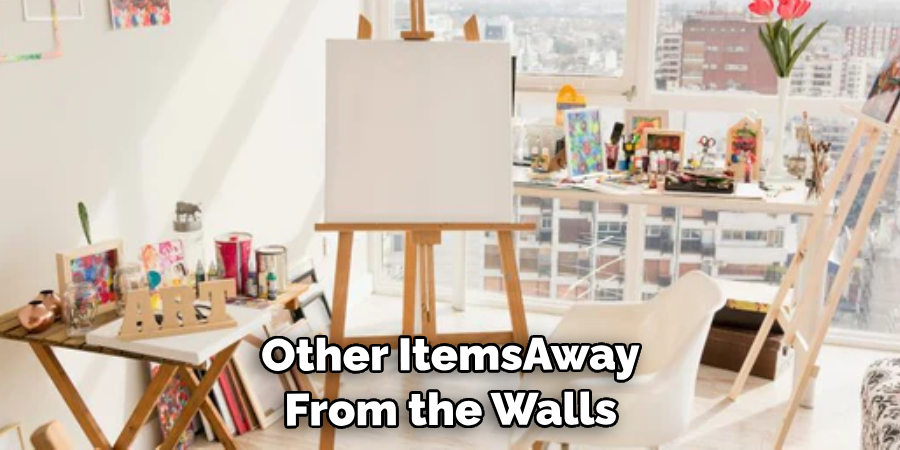
By following these tips on how to ventilate a room for oil painting, you can ensure that your workspace is properly ventilated and safe for oil painting, allowing you to work in a healthy environment.
Conclusion
Painting with oil paints can be a lucrative and enjoyable form of art, but just as with any art it has its own set of challenges and processes. Ventilating a room for oil painting is one of these steps and is essential to ensuring your safety. By using extractor fans, keeping windows open, and making use of DIY solutions, artists can create their own environment in which to craft their masterpieces without compromising their health in the process.
Moreover, ventilating any workspace where there will be a release of potentially toxic substances is a common courtesy to those around you – in other words, your responsibility as an artist or craftsman goes beyond the art itself. As long as you follow the guidelines on how to ventilate a room for oil painting we’ve outlined here and take measures to clean up properly when finished, you should be able to make progress on your piece knowing that you are doing so safely.

